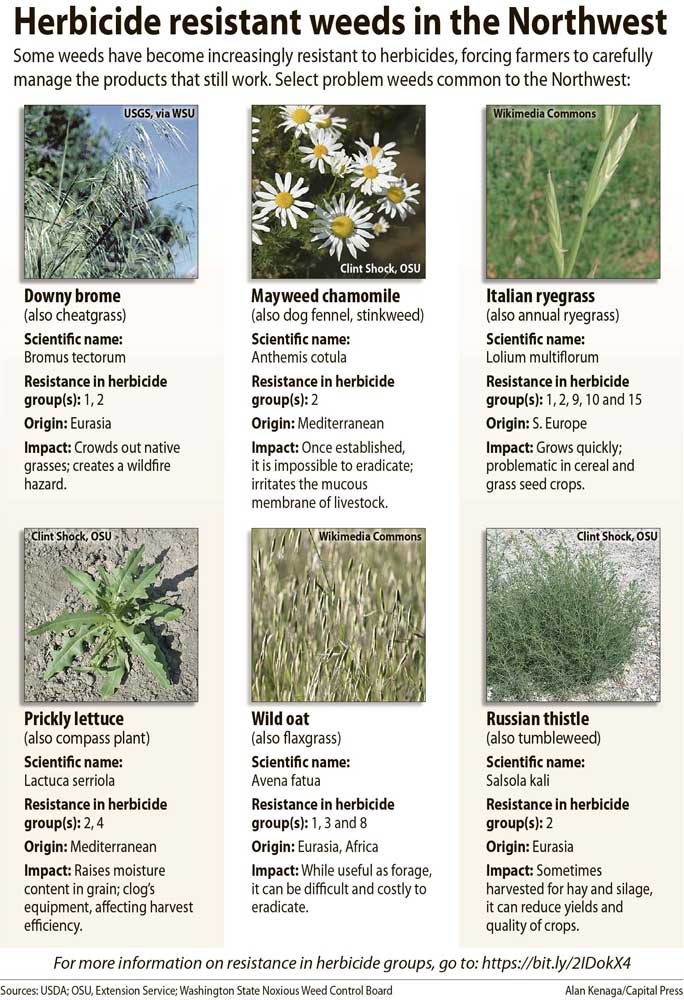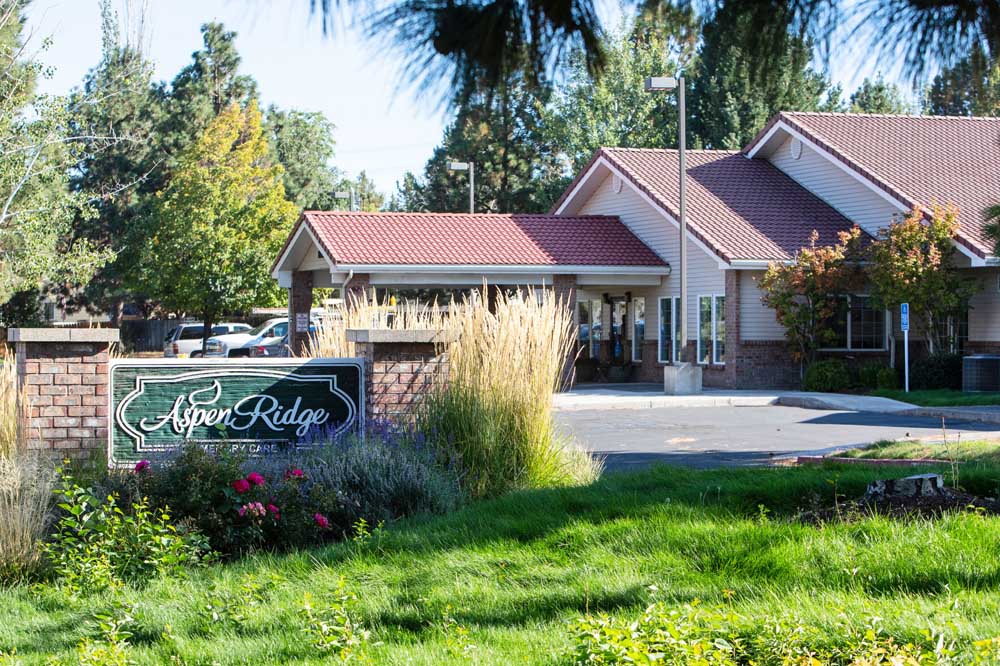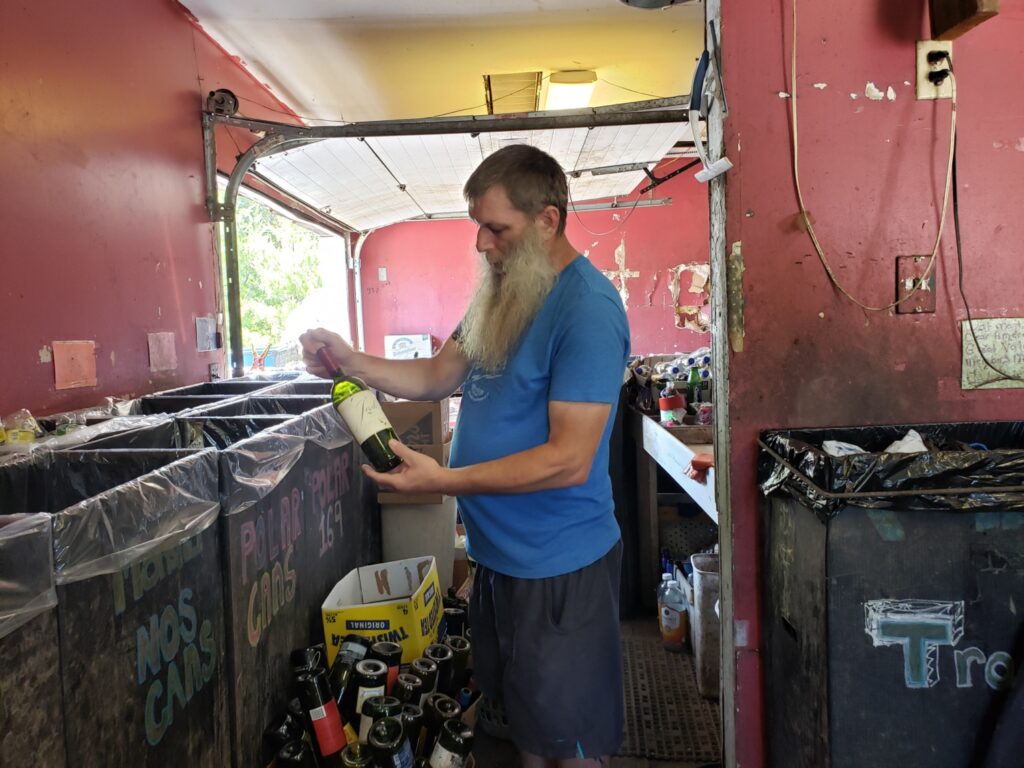Map reveals scope of herbicide resistant weeds
Published 9:00 am Wednesday, February 26, 2020

- Herbicide-resistant weeds in the NW
A new map shows which herbicide-resistant weeds have been identified in each county in Eastern Washington and some counties in Northeastern Oregon.
“We have a resistance problem, and it’s getting worse,” said Ian Burke, a Washington State University weed scientist.
The map is available on WSU’s Small Grains website.
Burke and research assistant Rachel Zuger have screened 195 samples since 2013.
The map will raise awareness of the magnitude of the problem, Burke said.
Whitman County has the highest occurrence of resistance so far, but weed samples haven’t been received from all counties.
Burke hopes to get more farmers to submit samples from the underrepresented counties.
Growers have been slow to switch to pre-emergent herbicides to control weeds such as downy brome, he said.
“I’m often asked, ‘If Herbicide X doesn’t work, can I spray Herbicide Y?’ and when I tell them no, they ask, ‘Well, why not?’” Burke said.
Once a weed population is exposed to a herbicide to which one or more plants are naturally resistant, the herbicide kills susceptible individuals, but the resistant ones survive and reproduce.
With repeated herbicide use, resistant weeds that initially appeared as isolated plants can spread to dominate the field.
Burke hopes to reach a point where farmers routinely send in samples from every field, and get a prompt reply back, enabling them to develop weed management strategies.
Currently, it can take up to six to eight months for a farmer to get a reply.
“One of the sort of saddeningly frustrating parts about dealing with weeds is the instant we actually try and grow them, we discover we can’t do that very well,” Burke said.
Weeds such as downy brome and Italian ryegrass are often dormant when their seeds are collected. It takes about three months to get enough germination for testing to begin.
“In the absence of widespread testing, our next best thing is to take the data we have and show it to everyone, so there’s a little bit less guessing going on,” he said.
Few Pacific Northwest growers face the problem on the level of farmers in Australia, where no post-emergent herbicides work, Burke said.
The more growers have problems, the more likely they are to be engaged in trying to solve them, he said.
“It cuts both ways,” he said. “You don’t want them to get where you know they’re going to get, but they don’t come to me for help until they get there.”






